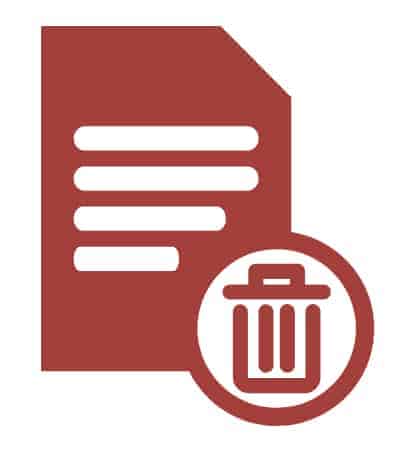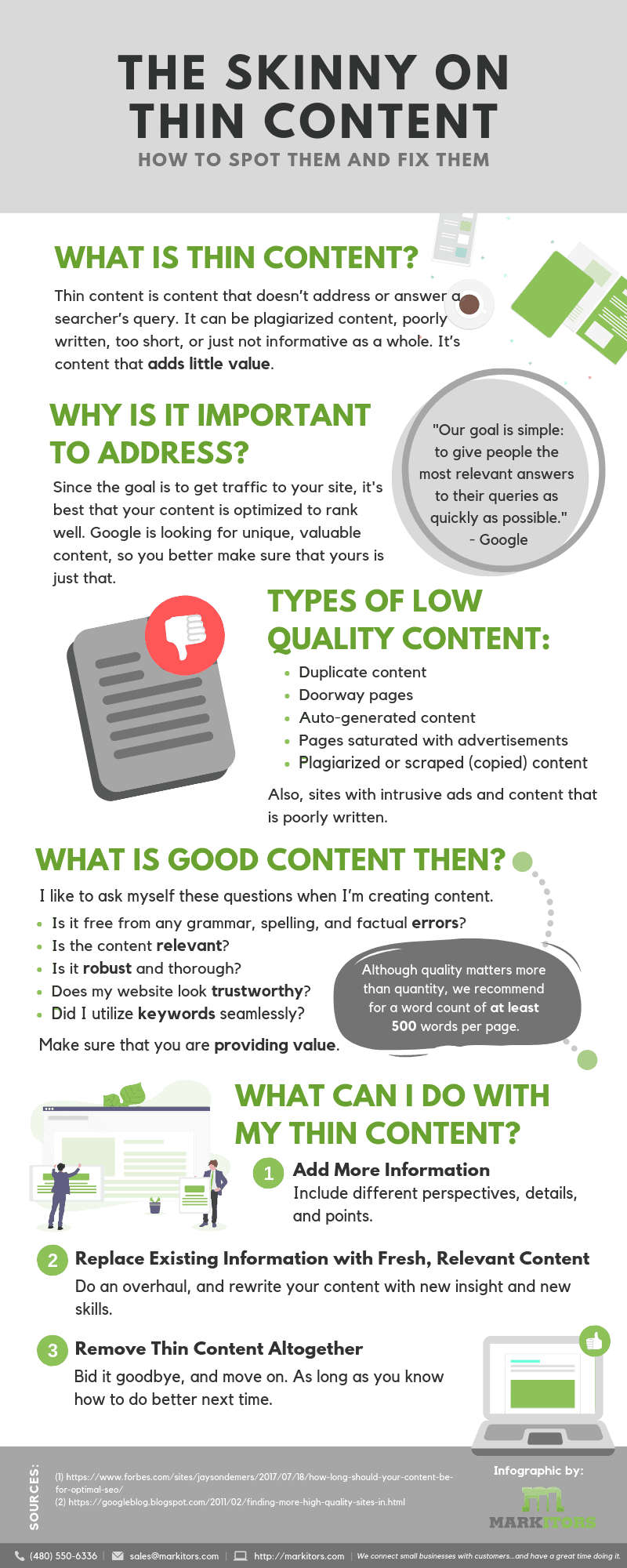Many factors contribute to a website’s ranking in a search engine. That’s where SEO strategies come in so you can get a leg up on the competition. We want to make sure that your hard work is smack dab in the first page of Google search results, right?
One of the key components in achieving Google search domination–I mean, high search rankings is to have good content. Yes, you can implement a variety of SEO tactics like making sure your page loads quickly and that you use relevant keywords, but what’s the point of optimizing when the content you are optimizing for is of low-quality.
Before you get mad at me, Google agrees with my sentiment. Their goal is “to give people the most relevant answers to their queries as quickly as possible” with their search engine. So on February of 2011, they released Google Panda in the U.S.
Nothing is more frustrating than getting irrelevant and spammy pages in your results. The Panda algorithm was Google’s solution to combat this problem by lowering the rankings of entire sites, not just pages, with poor content.
What is low-quality content?
In order to avoid being penalized by the algorithm, it’s best to know what Google considers “bad content.” “Bad content” has less to do with your personal opinions, like the think piece you wrote on the moral decay of millennials due to their high rates of avocado toast consumption and obsession with taking pictures of said avocado toast, and more about the actual content quality.
Low-quality content can mean many things, but these are some of the more common factors of poor content.
- Duplicate content
- Plagiarized or scraped (copied) content
- Doorway pages
- Auto-generated content
- Pages saturated with advertisements
But what is thin content precisely?
Thin content is content that doesn’t address a searcher’s query whether that be plagiarized content, not well-written, too short, or just not informative as a whole. It’s content that adds little value.
Now that we have a general idea of the kind of content that Google doesn’t really like, what makes for good content? Personally, I like to ask myself these questions when I’m creating content myself such as this blog post.
- Is the content relevant and of value to the reader?
- Is it robust and thorough?
- Does it have any grammar, spelling, and factual errors?
- Does the website look trustworthy?
- Did I utilize keywords seamlessly?
Remember, the goal is to be of value to the searcher. Keep these points in mind when creating future content.
But what about existing thin content on your website?
These are several courses of action you can take when dealing with thin content: add more information, replace existing content with fresh, relevant information, or remove it altogether. The option that is best for your content is up to your discretion.
Add More Information
 According to Forbes, a good word count to shoot for is 300 words because you’ll be ranked. However, we recommend at least 500 words because it allows you to expand on ideas.
According to Forbes, a good word count to shoot for is 300 words because you’ll be ranked. However, we recommend at least 500 words because it allows you to expand on ideas.
If you find yourself having the issue of being below optimal word count and want to keep your existing content, add more to what you currently have!
Add more details or explain your points more in depth. Have you talked about different perspectives? You can also describe your points more thoroughly. However you want to expand on your content, just make sure that it’s relevant to the topic of your page.
Replace Existing Information with Fresh, Relevant Content
 You took a look at your website and found that it needed an overhaul. If the information you presented was a bit sad-looking, I recommend to replace it with newly-created content.
You took a look at your website and found that it needed an overhaul. If the information you presented was a bit sad-looking, I recommend to replace it with newly-created content.
There is an advantage to this option because maybe you have new insight on the topic at hand and got better at writing. Have you also improved your graphic making skills and can create more eye-catching images to go with your brand-spanking new content? Use this skills to make eye catching visuals. Did you learn how to optimize your content better? Now’s the time to apply it.
Remove Thin Content Altogether
 Say you took a look at what you already have and determined that doing the first two suggestions would be a waste of time. That’s fair!
Say you took a look at what you already have and determined that doing the first two suggestions would be a waste of time. That’s fair!
Goodbyes aren’t always a bad thing. Especially since you’re equipped with more knowledge on thin content, you can make sure that you don’t have to bid adieu ever again.
Conclusion
Now that you got the skinny on thin content, go forth and make that unique and relevant content! It’s not easy, and it might be time consuming. But, it’ll be worth it in the long run when Google sees your site is as valuable as you think it is.







